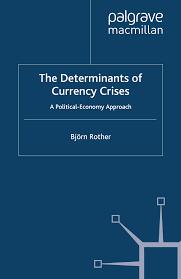Answered step by step
Verified Expert Solution
Question
1 Approved Answer
Let's assume that the supply and demand equations in the market are as follows. Q^S = 2P Q^D= 300 - P a. Find the equilibrium
Let's assume that the supply and demand equations in the market are as follows.
Q^S = 2P
Q^D= 300 - P
a.
Find the equilibrium price and quantity, and show them on the graph.
b. How much is the producer surplus? consumer surplus
how much?
C.
Let's say the government introduces a new tax that we denote to the Tile that consumers must pay.
applied. Let the after-tax demand equation be:
QD = 300 - (P+ T)
Calculate the yen balance amount. Per unit effectively paid by consumers
what's the price? What is the price per unit that goes into the pockets of the producers?
D.
The total amount of tax paid is shown by Tx Q (ie Tax x Quantity Sold). (c)
Calculate the total amount of tax collected using your answers in the question.
to.
Calculate the tare loss (deadweight loss).
If the tax was $75 per unit (T=$75), the price reflected to the consumer and producer,
what would be the balance amount, total tax collection and tare loss?
B
Bonus 1: The government imposes a proportional tax instead of a flat tax on consumption.
How would the answer in question (c) have changed? For this question, the demand function
Change the tax amount to T=0.75P and set the new equilibrium price and
show the amount.
h.
Bonus 2: Based on what you've learned so far, would you prefer flat taxes or proportional taxes?
Step by Step Solution
There are 3 Steps involved in it
Step: 1

Get Instant Access to Expert-Tailored Solutions
See step-by-step solutions with expert insights and AI powered tools for academic success
Step: 2

Step: 3

Ace Your Homework with AI
Get the answers you need in no time with our AI-driven, step-by-step assistance
Get Started


